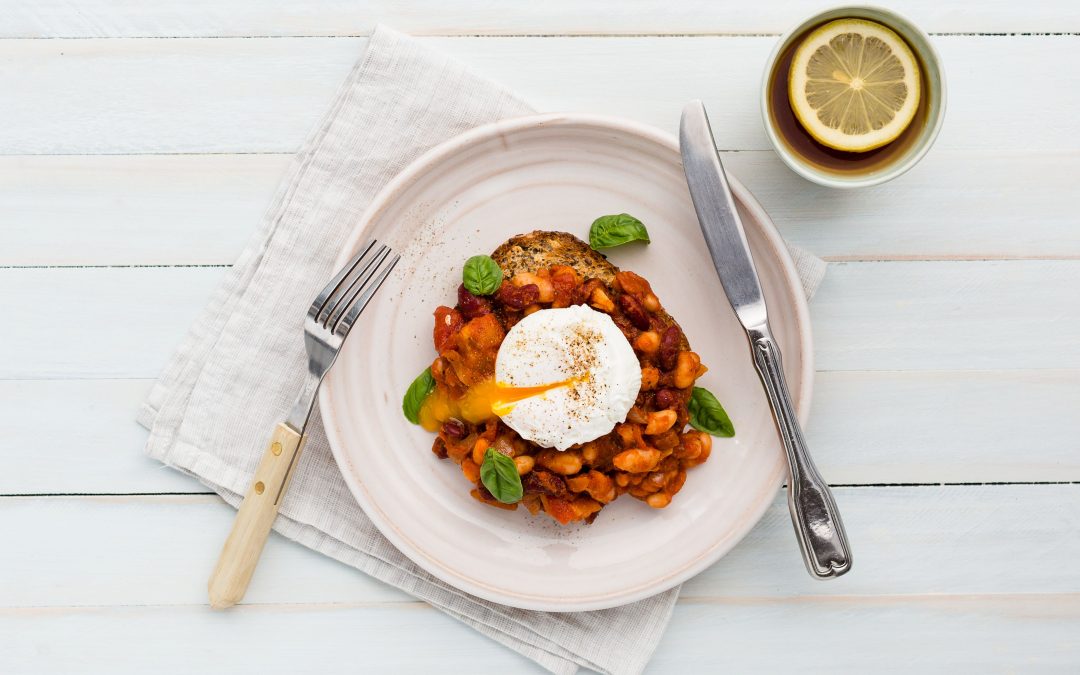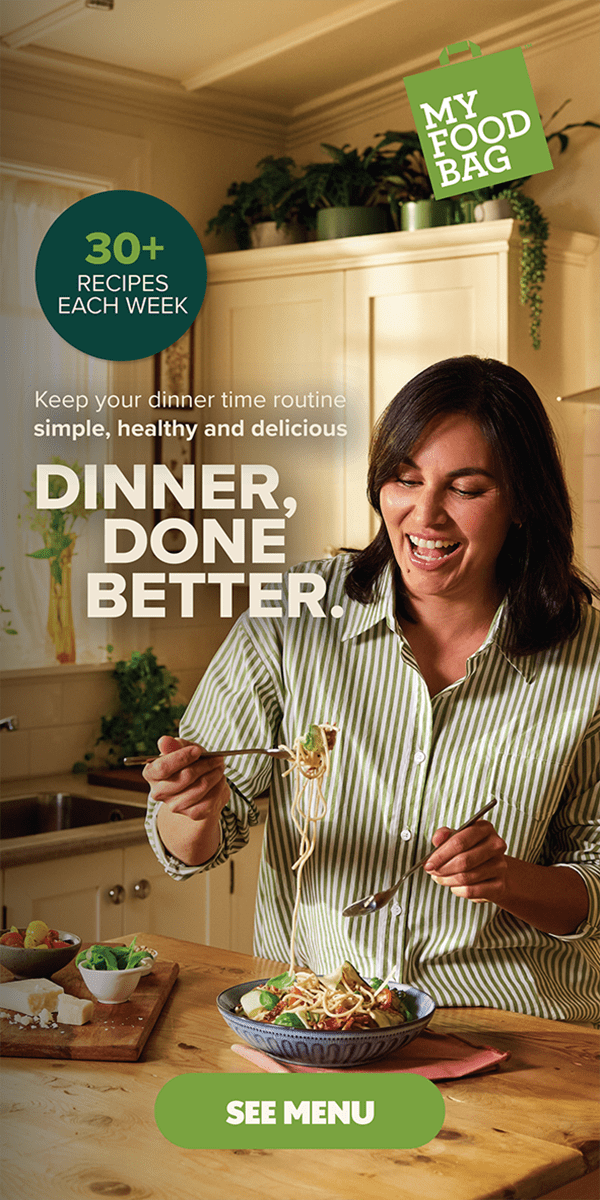Our Plant Based chef Amelia ‘Amaretti’ shares her favourite three winter vegetables that are just as delicious – if not more! – than some of their more popular peers.
When it comes to seasonal winter veggies, there are the usual suspects: Carrots, kumara, pumpkin, and cauliflower. But what about the lesser known vegetables that are just as tasty? Our Plant Based chef Amelia ‘Amaretti’ shares her favourite, underrated winter veggies and how you can transform them into delicious goodness.
The Nutrient-Packed One – Kale:

This leafy green is not only one of the healthiest vegetables, but it also happens to thrive in cooler weather. Kale is an exceptionally nutritious and versatile green. It is packed with vitamins, minerals, fibre, antioxidants and powerful plant compounds.
Raw kale can be quite tough to chew, so I prefer to blanch mine in boiling water for a few seconds to soften the leaves. Alternatively, you can also massage oil and salt into the leaves with your fingertips to make it easier to eat.
Blanching brings out its beautiful green colour, so I like to throw a few leaves into my pot of pasta before draining it, adding more veg content and colour to pasta dishes.
Blanched kale is also delicious blitzed into pesto, smoothies and sauces. Unlike other leafy greens, kale is great roasted – just toss it in a generous amount of olive oil, season well and roast in a hot oven to make delicious kale chips!
The Versatile One – Parsnip:

Parsnips have a sweet taste similar to carrots, but with a slightly nutty and earthy undertone.
They can be roasted, boiled, mashed, pan-fried and much more. In winter, they make a great addition to soups, stews and gratins. They cook similar to any other root vegetable, so are a great veggie to add to your mash for extra flavour.
Try peeling parsnips into ribbons – they are great raw in a salad or remoulade OR toss them in oil and roast in a hot oven to make parsnip crisps. For a low carb pasta option, us blanched parsnip ribbons in place of pasta.
The Misunderstood One – Brussels sprouts:

Brussels sprouts, although polarising, are delicious when cooked correctly, but they are often turned away as people associate them as being boiled to a dull, green mush.
One of the best ways to cook Brussels sprouts is to roast or pan-fry them with olive oil and salt. Roasting Brussels brings out their sweetness, and it is easy to pair them with complimenting flavours.
Any type of toasted nut is delicious with roasted Brussel sprouts – they are also great glazed in a drizzle of maple syrup or honey.
Unlike other vegetables, they can take to pretty much any cuisine – try using them for an Asian-inspired side dish, serving roasted Brussels with a drizzle of hoisin sauce, lime juice and crispy shallots. Or, finely shred them for a healthy pizza topping.
Taste and versatility aside, Brussels are also good sources of vitamins C and K, potassium and fibre.

